Disclosure: This article contains affiliate links. We may earn a commission from purchases at no extra cost to you, which helps our travel content.
Standing on the weathered wooden dock in Vilanculos, watching dhows with their triangular sails dance across the turquoise waters, I felt that familiar sensation of anticipation that only comes when you're about to experience something truly extraordinary. The Bazaruto Archipelago—a protected marine sanctuary of five pristine islands—lay just beyond the horizon, promising an escape into a world where time slows and nature commands respect. As someone who typically hunts for artisanal treasures in urban markets, this sailing adventure represented my venture into a different kind of luxury: the wealth of untouched natural splendor.
Preparing for Paradise: What to Know Before You Sail
Vilanculos serves as the gateway to what locals proudly call 'the Pearl of the Indian Ocean.' Before embarking on your sailing adventure, I recommend spending at least one night in this coastal town to acclimate and prepare. I chose the elegant Santorini Mozambique, a Greek-inspired boutique hotel perched on a hill overlooking the archipelago—the perfect prelude to the journey ahead.
Packing for this experience requires thoughtful consideration. The sun here is unforgiving, even during spring (September to November), which I found to be the ideal time to visit. My wide-brimmed hat became my constant companion, along with reef-safe sunscreen to protect both my skin and the delicate marine ecosystems we'd be exploring.
"La preparación es la mitad de la aventura"—preparation is half the adventure, as my abuela used to say. Arrange your sailing charter well in advance, especially during peak season. After researching extensively, I opted for a private dhow experience with Sailaway Safaris, though several luxury operators offer comparable services with varying levels of comfort and expertise.
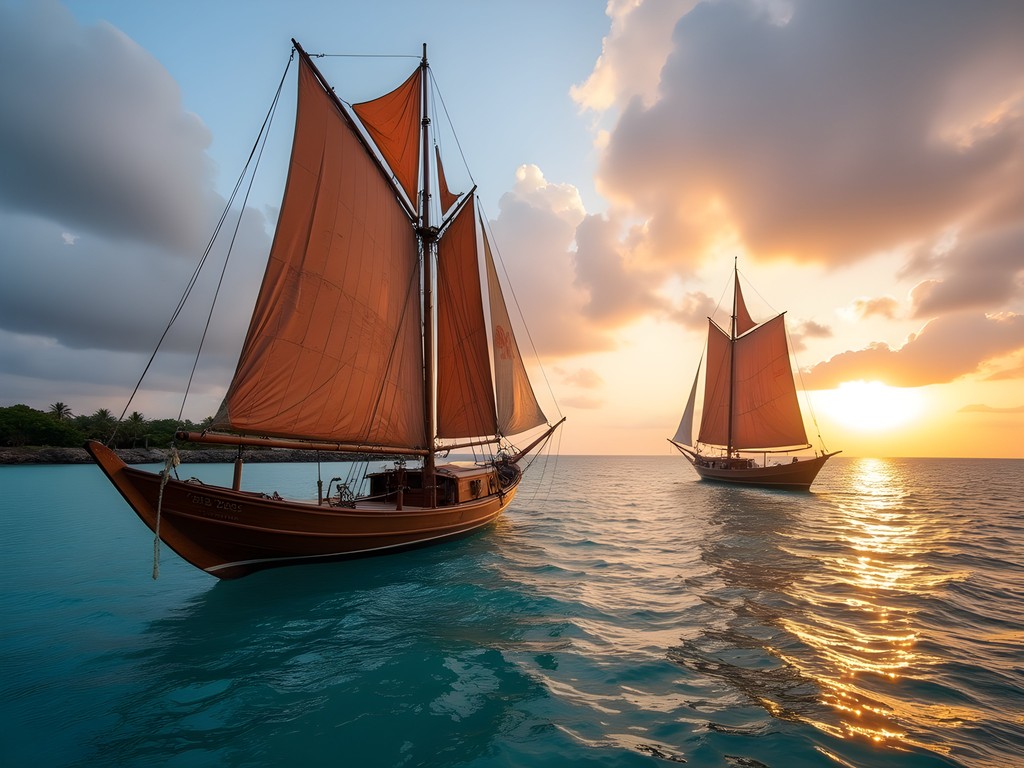
💡 Pro Tips
- Book your sailing charter at least 3 months in advance during peak season
- Pack motion sickness medication even if you don't normally need it—open ocean conditions can be unpredictable
- Bring cash in USD or South African Rand as backup, though most luxury operators accept credit cards
Day 1: Benguerra Island and the Two Mile Reef
Our adventure began at dawn, when the air was still cool and the harbor quietly stirred to life. The captain of our traditional dhow—modernized with safety equipment and comfortable cushions—welcomed us with fresh coffee and pão, the Portuguese-influenced bread that's a staple throughout Mozambique.
As we sailed toward Benguerra Island, the second largest in the archipelago, I was transfixed by the water's clarity. My polarized sunglasses revealed an underwater world teeming with life beneath our hull. After two hours of gentle sailing, we arrived at Two Mile Reef, where our first snorkeling session awaited.
The diversity of marine life here rivals the Great Barrier Reef, yet with a fraction of the visitors. Floating above gardens of staghorn coral, I watched as angelfish, parrotfish, and triggerfish darted between the formations. Our guide, Miguel, expertly pointed out a resting reef shark—a sign of a healthy ecosystem, he explained with pride.
By midday, we reached Benguerra's western shore, where our crew prepared a beach picnic that elevated the concept of 'lunch with a view.' Fresh grilled prawns, coconut rice, and tropical fruits were served on a table set directly in the sand, shaded by a canvas canopy. The afternoon brought a guided walk through the island's interior, where we spotted samango monkeys and vibrant bird species in the indigenous forests.
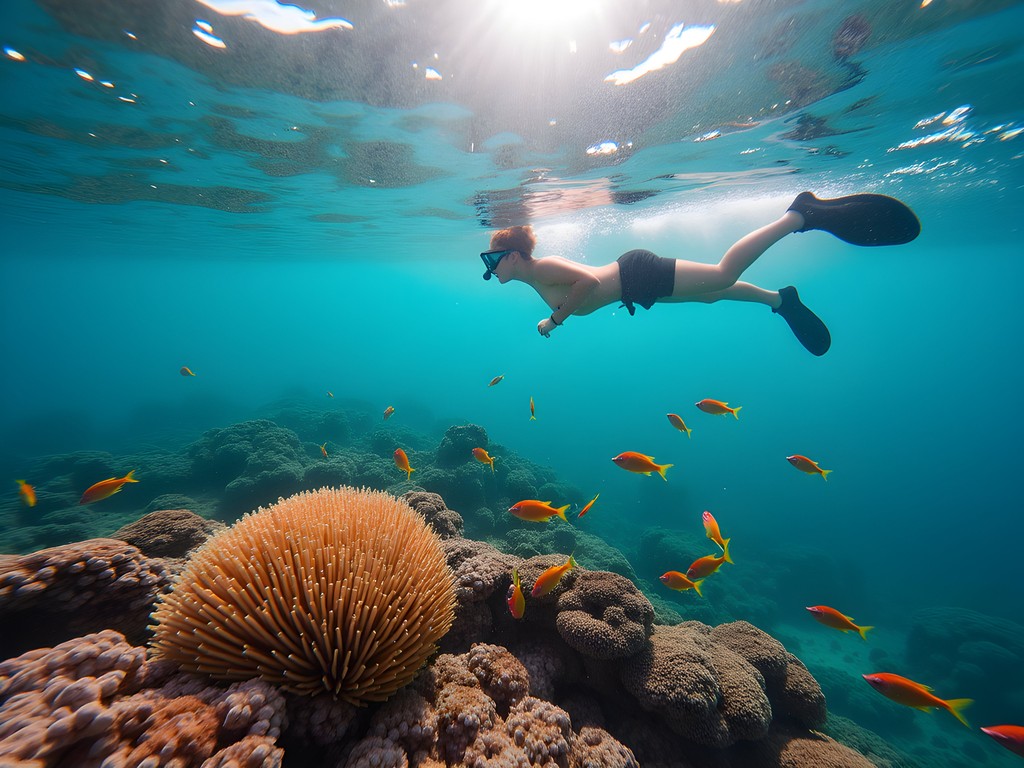
💡 Pro Tips
- Bring an underwater camera or a quality waterproof phone case to capture the incredible marine life
- Wear water shoes when exploring the reef edges as sea urchins are common
- Request your guide to point out the endemic bird species on Benguerra—several are found nowhere else
Day 2: Bazaruto Island's Towering Dunes and Hidden Lagoons
Waking aboard our anchored vessel to the gentle lapping of waves against the hull, I savored the rare privilege of witnessing a sunrise over the Indian Ocean without another soul in sight. After a breakfast of fresh mangoes and coconut pancakes prepared by our onboard chef, we set course for Bazaruto, the archipelago's largest island.
Bazaruto is renowned for its massive sand dunes that rise dramatically from the shoreline—some towering over 100 meters high. The morning's mission: climbing these natural monuments. The exertion was considerable in the growing heat, but my hiking sandals provided perfect traction in the soft sand. The panorama from the summit was worth every labored breath—a 360-degree view of endless blue ocean meeting pristine white beaches and verdant island interiors.
After descending, we navigated to the island's eastern side where our captain knew of a hidden freshwater lake just inland from the beach. This natural phenomenon—a freshwater body surrounded by saltwater ocean—creates a unique ecosystem. Swimming in these sweet waters after the morning's hike felt like discovering a secret oasis.
The afternoon brought us to Pansy Island, a sandbank that appears only at low tide. Here, we searched for the rare pansy shell (sand dollar) that gives the islet its name. As the tide began to rise, we returned to our dhow for an unforgettable sunset sailing session, complete with chilled South African Chenin Blanc and freshly shucked oysters harvested sustainably from the archipelago's waters.
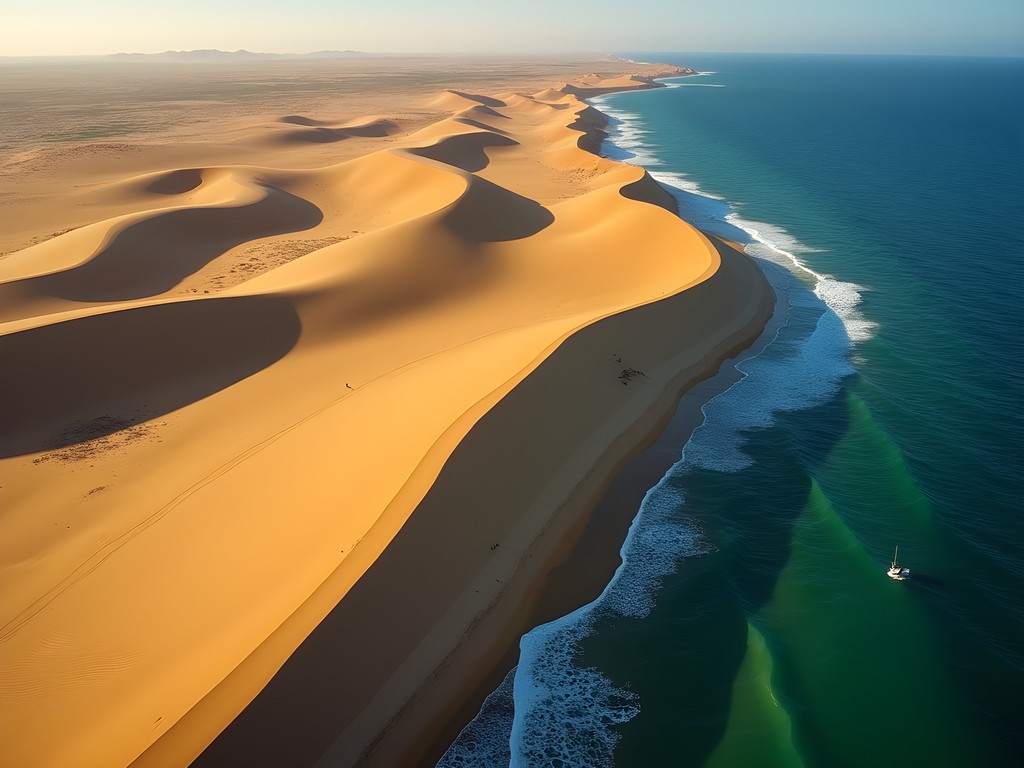
💡 Pro Tips
- Climb the dunes early morning or late afternoon to avoid the midday heat
- Pack a dry bag for your belongings during transfers between boat and shore
- Ask your captain about the traditional fishing methods still practiced by local communities—the knowledge sharing creates meaningful cultural exchange
Day 3: Paradise Island and Swimming with Gentle Giants
Our final day brought the most anticipated experience of the journey—an encounter with the archipelago's endangered dugongs. These gentle marine mammals, related to manatees, feed on the extensive seagrass beds surrounding Paradise Island (Magaruque), our day's destination.
After an early departure from our overnight anchorage, we arrived at the protected southern waters where our guide indicated dugong sightings were most common. Patience is essential here—we spent nearly two hours scanning the surface before spotting the telltale signs of feeding trails in the seagrass below.
When the moment finally came, our guide signaled silently and pointed to a dark shape moving slowly through the crystal waters. Slipping into the water with minimal disturbance, we maintained a respectful distance as the massive creature—easily 3 meters long—grazed peacefully, seemingly unbothered by our presence. My full-face snorkel mask allowed me to watch this magnificent interaction without the distraction of a traditional snorkel.
The afternoon brought us to Paradise Island itself, the smallest of the main islands in the archipelago. Here, we indulged in the ultimate beach experience—complete seclusion on powder-white sand. Our crew prepared our final lunch—a traditional Mozambican feast of matapa (cassava leaves with peanuts and coconut milk) and freshly caught fish grilled over open coals.
Before returning to Vilanculos, we visited a small fishing village on the island where I discovered artisans creating intricate jewelry from local materials. A necklace of polished cowrie shells and sea glass now sits in my collection, a physical reminder of this extraordinary corner of the world where traditional craftsmanship persists even in the most remote settings.
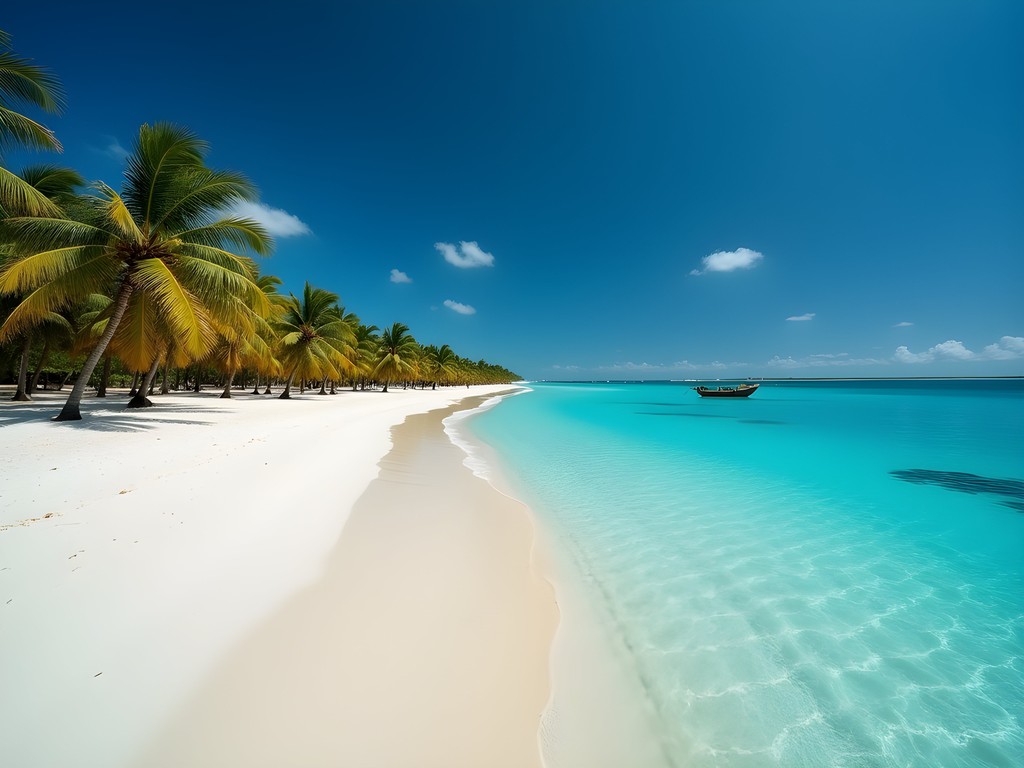
💡 Pro Tips
- When attempting to spot dugongs, look for trails in seagrass beds rather than the animals themselves
- Bring small denominations of local currency (Meticais) if you wish to purchase crafts from island communities
- Consider adding a underwater action camera to your kit for dugong encounters—the memories are priceless
Final Thoughts
As our dhow made its final approach to Vilanculos harbor, the setting sun casting long shadows across the water, I reflected on the profound privilege of experiencing the Bazaruto Archipelago in this intimate way. This sailing adventure offered something increasingly rare in our hyperconnected world—genuine disconnection and immersion in a natural environment that remains largely as it has been for centuries.
What struck me most wasn't just the physical beauty—though that was undeniable—but the delicate balance being maintained between conservation, tourism, and supporting local communities. The archipelago's protected status since 1971 has preserved these islands as a sanctuary not only for visitors seeking solitude but for endangered marine species fighting for survival.
For couples seeking a truly transformative experience that combines adventure with unparalleled natural luxury, the Bazaruto Archipelago delivers on every level. As we navigate an increasingly crowded planet, these precious pockets of pristine wilderness become not just vacation destinations but essential reminders of what we stand to lose—and what we must fight to protect. Hasta que nos encontremos de nuevo, Bazaruto—until we meet again.
✨ Key Takeaways
- The Bazaruto Archipelago offers one of Africa's most exclusive and pristine marine environments
- Spring (September-November) provides ideal sailing conditions with minimal crowds
- A private charter allows for customized experiences and access to secluded locations inaccessible to day-trippers
📋 Practical Information
Best Time to Visit
Spring (September-November)
Budget Estimate
$800-1200 per person per day for luxury private sailing
Recommended Duration
3-5 days
Difficulty Level
Moderate To Challenging

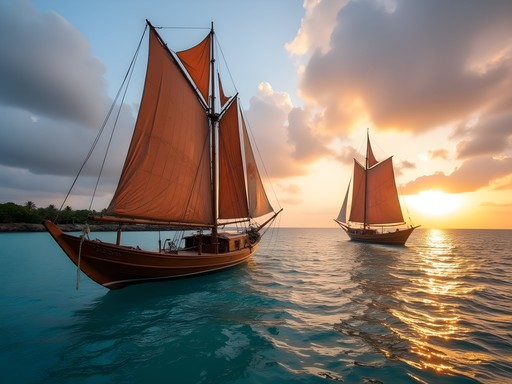
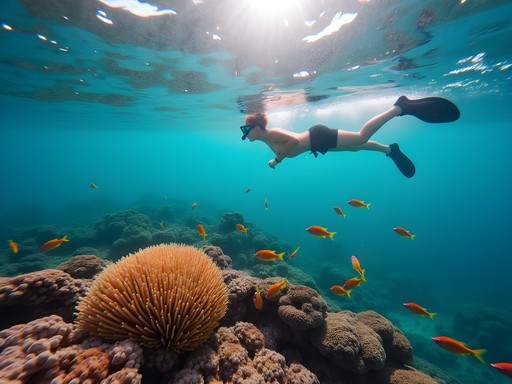

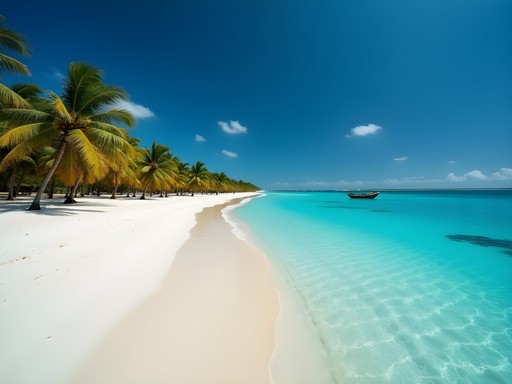








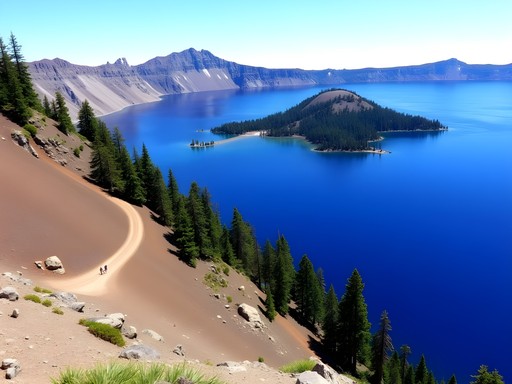

Comments
luckypro
Planning to go in February - is that a good time? Also wondering if I need to book the dhow in advance or can just arrange it when I get to Vilanculos?
Alan Clark
February is actually during the rainy season, so be prepared for some afternoon showers. The upside is fewer tourists! I'd definitely recommend booking your dhow at least a few days in advance - the good operators fill up quickly. I used Sailaway Safaris and was very happy with them.
luckypro
Thanks so much for the tip! Will look into Sailaway Safaris and maybe push my trip to March or April instead.
Taylor Moreau
Excellent write-up, Alan. I did a similar sailing trip last year while on business in Maputo and extended my stay specifically for Bazaruto. I'd add that the wind patterns can be quite unpredictable in the archipelago - our captain had to adjust course several times. For anyone planning this journey, I'd recommend bringing a good waterproof bag for your electronics. The spray can be substantial when the dhow picks up speed! Also worth noting that some of the higher-end resorts on Benguerra can arrange private dhow transfers that include refreshments and snorkeling equipment, which saves having to bring your own. The marine conservation efforts in the area are impressive - the dugong protection program is making real progress.
adventureone
Did you actually see any dugongs? I've heard they're super rare to spot!
Taylor Moreau
I was fortunate enough to see one briefly on my last morning. The guides said we were exceptionally lucky - apparently fewer than 10% of visitors spot them. They're incredibly shy creatures.
oceanqueen
Those turquoise waters look absolutely dreamy! Bazaruto has been on my bucket list for ages.
Taylor Moreau
It's even more stunning in person. The water clarity there is unmatched in my experience, and I've been to 47 countries.
oceanqueen
Thanks Taylor! Did you stay on the islands or just do day trips?
backpacklover
Did you have any luck with whale sharks? Planning to go in November and really hoping to see them!
Alan Clark
We saw two on our third day! November should be good timing. The guides told me October-December has consistent sightings. No guarantees with wildlife of course, but your chances are excellent!
backpacklover
That's awesome, thanks! Can't wait!
Charlotte Watkins
What a beautiful account of the archipelago! We took our teenage kids there in 2024, and it was one of our most memorable family adventures. For those traveling with family, I'd recommend staying an extra night on Benguerra if possible - the kids loved the sand dune boarding, and having a full day for snorkeling meant we could go at a more relaxed pace. The local guides were wonderful with children, pointing out starfish and sea turtles they might have missed. One tip: pack plenty of reef-safe sunscreen as it's expensive to buy locally. The dhow experience was magical, though my husband got a bit seasick on the longer crossing - worth packing motion sickness tablets if you're prone to it!
backpacklover
Did your kids try the night snorkeling? Heard it's amazing but wasn't brave enough to do it myself!
Charlotte Watkins
They did! Our 16-year-old daughter absolutely loved it. The bioluminescence was magical - like swimming through stars. They provide good quality underwater flashlights, so it felt very safe.
wanderlustzone
Just got back from Vilanculos last week! If anyone's planning this trip, bring a good dry bag for your camera and phone. Our dhow took on some water during a windy crossing to Paradise Island. Also, the sand gets EVERYWHERE, so pack accordingly!
Sarah Powell
I did a similar trip last year and can confirm it's absolutely worth it. One thing I'd add about the Two Mile Reef - the current can be surprisingly strong in some sections, so if you're not a confident swimmer, make sure to mention this to your guide. They can take you to calmer spots with equally amazing coral. Also, the seafood dinners prepared by local families on Benguerra were a highlight for me - especially the grilled prawns with piri piri sauce. Did you get to visit the freshwater lakes on Bazaruto? The contrast between those and the ocean just meters away was fascinating.
Alan Clark
Great point about the currents, Sarah! And yes, we did visit the lakes - I should have mentioned them more in the post. That freshwater/saltwater proximity is incredible. The local food was definitely a highlight for me too!
backpackmate1863
This looks amazing! How much did the 3-day sailing trip cost? And did you book in advance or when you arrived in Vilanculos?
Alan Clark
Thanks for asking! I paid around $350 for the 3-day trip, which included all meals and basic accommodation on the islands. I booked through my guesthouse in Vilanculos just 2 days before, but in peak season (Jun-Sep), I'd recommend booking at least a week ahead.
backpackmate1863
That's super helpful, thanks! Much more affordable than I expected for such an incredible experience.
wanderlover
Those photos of the dunes against that turquoise water are absolutely stunning! Adding this to my bucket list right now!
greenmaster
Great post! What kind of accommodation did you use on the islands? Are there eco-friendly options?
Alan Clark
Thanks! We actually camped on Benguerra for one night (with guide permission) and stayed at a small locally-owned place on Bazaruto. There are some fantastic eco-lodges too - I'd recommend Azura Benguerra which uses solar power and supports community projects.
Venture X
Premium card with 2X miles, $300 travel credit, Priority Pass